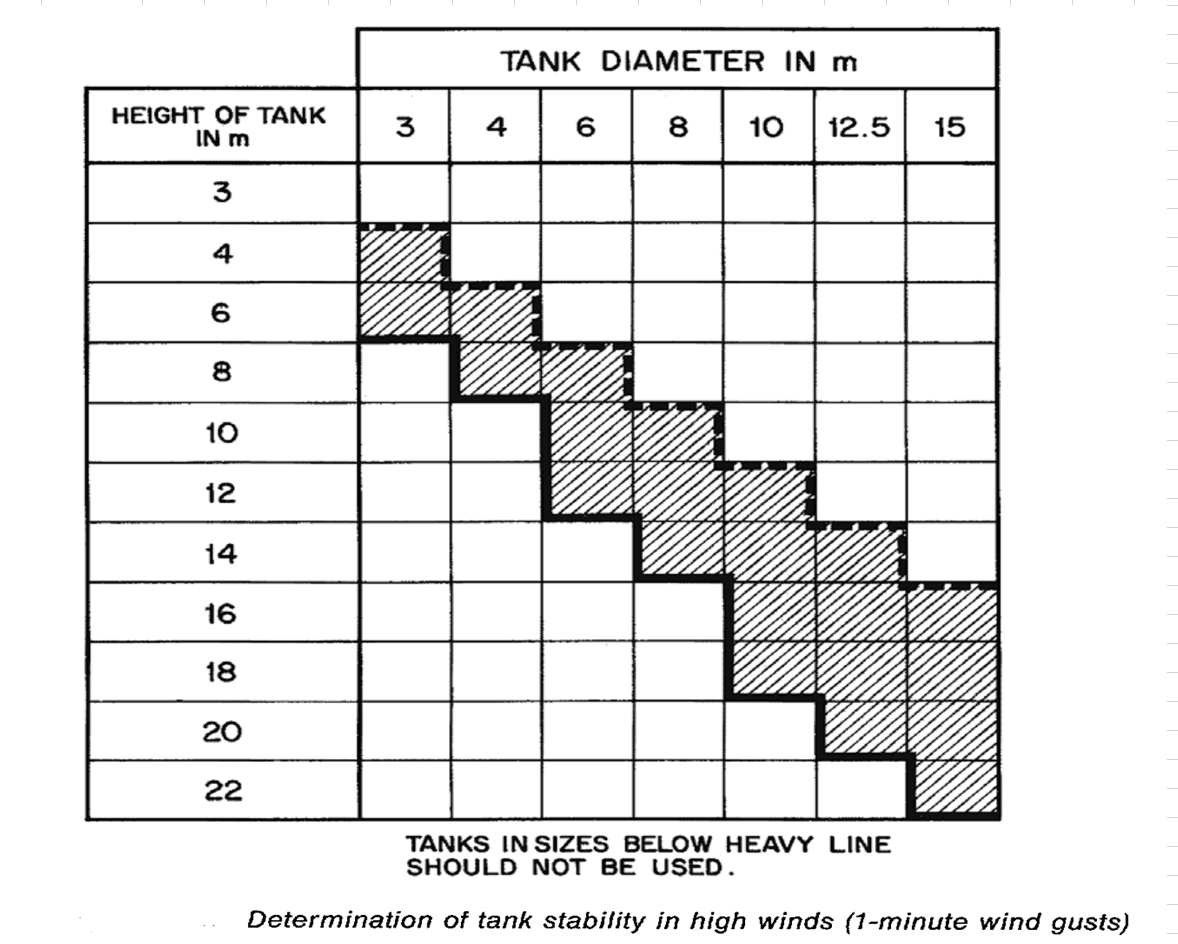|
|
Ethylene Plants
#1

Posted 08 October 2024 - 03:56 PM
#2

Posted 09 October 2024 - 05:57 PM
Is there someone in the group with knowledge in ethylene plants?
Hi,
Ethylene plant is a wide spreading plant with various simple and complicated process and utility units. Then please let's know about your specific requirement.
#3

Posted 10 October 2024 - 06:02 AM
Is there someone in the group with knowledge in ethylene plants?
I know a thing or two about ethylene plants, having been involved in designing them while working for a reputable licensor (although that is now 20 - 35 years ago).
#4

Posted 18 October 2024 - 10:21 PM
Is there someone in the group with knowledge in ethylene plants?
I know a thing or two about ethylene plants, having been involved in designing them while working for a reputable licensor (although that is now 20 - 35 years ago).
Sir, I would like to know how to design/rating the Cracking furnace and how in industrial scale the kinetics & reaction pathways are determined (considering large amount of possible reactions)? Could you kindly mention some documents/standards etc for understanding the cracking heater,TLE design philosophy ?
#5

Posted 20 October 2024 - 05:18 AM
#6

Posted 20 October 2024 - 11:40 PM
steam cracking furnances are a proprietary design
stop trying to find a comprehensive info in public resources
no one licensor creates a detailed chem model regarding to a broad range and a variety of combinations of feeds, tem profiles, velocities etc.
it is a kind of 'black boxes'
Edited by shvet1, 20 October 2024 - 11:42 PM.
#7

Posted 21 October 2024 - 01:22 PM
Specialized commercial software is used to predict the cracking slate from the representative feed compositions expected. When I was in the ethylene plant design business many years ago, Spyro seemed the software leader for cracking furnace models -- I don't know the state of current software. The yield slate curves of gas crackers could be extrapolated pretty well by hand or spreadsheet since the feed components were few. Naphtha crackers have so much more feed components and each component influences the reaction. Engineering know-how from experience is used for final furnace design. Pilot plant operation helps greatly but there is still a lot of art in the final furnace design. As you push to increase ethylene yield there is also a push toward more coke formation. The designer must balance yield and run-length for the range of feeds expected. Quenching is to stop the reaction where desired without heat damaging the exchangers if possible. Like most process designs, the designer does not know exactly how the plant will operate until proven in the field. The predictions are close enough to allow performance guarantees. As you may have noticed, even the same furnace has varying run times before decoking is required. Not all parameters that affect furnace performance can be accounted for in operation or in design.
Similar Topics
Analysis Of Ammonia Content In EthyleneStarted by Guest_Movers_* , 04 Jun 2024 |
|

|
||
Ethylene Tanks Cctv For Leak DetectionStarted by Guest_DarthJamming_* , 30 May 2024 |
|

|
||
Double Wall Ethylene Stoarge Tank Heat LossStarted by Guest_KHANFA_* , 08 Aug 2023 |
|

|
||
Ethylene Plant TechnologyStarted by Guest_CHEMSTRONG_* , 06 Jul 2022 |
|

|
||
Reaction Kinetics Data For Ethylene Dimerization To Butene-1Started by Guest_Bitan729_* , 03 Jun 2022 |
|

|

 FB
FB










